THE ORIGIN OF BLUES MUSIC
From the Mississippi Delta to Chicago and beyond, Blues music is engrained in the history and culture of America.
The origin of the blues is engrained in the history of America. Though the blues has it’s roots in a call-and-response style of music popular in African culture, it evolved in the cotton fields of the south into a style of musical expression all it’s own.
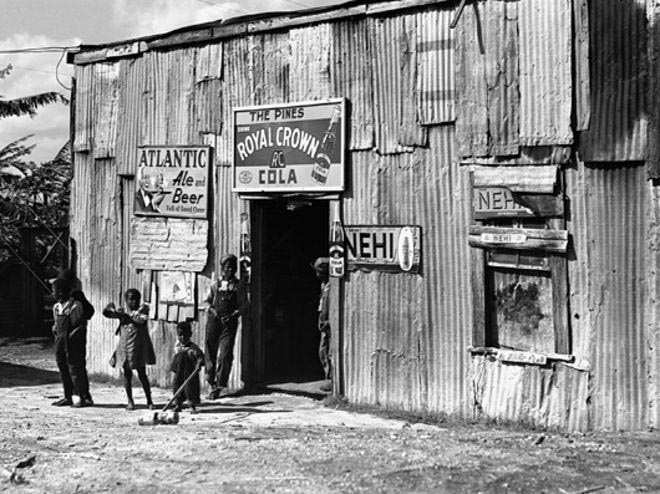 Blues music as we know it began to take shape in the cotton fields and plantations of the south. Combining elements of church gospels, folklore, and field hollers, into a four bar style of music that allowed for great individual expression and encouraged crowd participation. These songs were often played by traveling musicians who would appear at local barrelhouses and jukes and wander throughout the Mississippi Delta. It was a music that was meant to lift the spirits and share the experiences and the pain of life during that time.
Blues music as we know it began to take shape in the cotton fields and plantations of the south. Combining elements of church gospels, folklore, and field hollers, into a four bar style of music that allowed for great individual expression and encouraged crowd participation. These songs were often played by traveling musicians who would appear at local barrelhouses and jukes and wander throughout the Mississippi Delta. It was a music that was meant to lift the spirits and share the experiences and the pain of life during that time.
Around the turn of the 20th century, with the growing popularity of ragtime and printed sheet music, many songs with the word “Blues” began to appear in print. The first ragtime song to include a 12-bar section like modern blues, was “One o’ Them Things!” written in 1904. Another early rag/blues song was “I Got the Blues” published in 1908. W.C. Handy, a trained musician that traveled the south during the early 1900s, is credited with popularizing the blues by transcribing and publishing delta blues songs but with the orchestral quality of a trained composer.
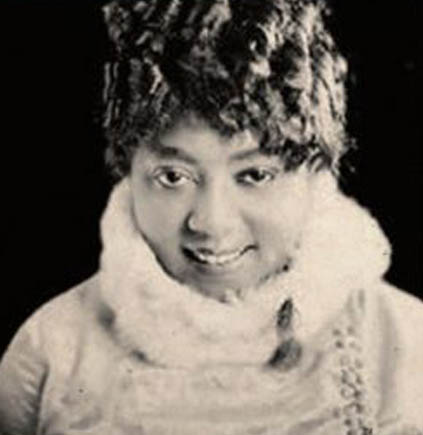 In the 1920s with the popularity of vaudeville as well as what was termed “race music”, the first blues recordings were published. Artists like Gertrude “Ma’ Rainey, Mamie Smith, and Bessie Smith gained national fame. Mamie Smith (pictured) was the first African-American to record a “blues” album with her 1920 song “Crazy Blues”, which sold over 75,000 copies in the first month. Legendary Delta Blues musicians like Robert Johnson, Charley Patton, Willie Brown, Son House and others, were among the first true blues artists to record their work.
In the 1920s with the popularity of vaudeville as well as what was termed “race music”, the first blues recordings were published. Artists like Gertrude “Ma’ Rainey, Mamie Smith, and Bessie Smith gained national fame. Mamie Smith (pictured) was the first African-American to record a “blues” album with her 1920 song “Crazy Blues”, which sold over 75,000 copies in the first month. Legendary Delta Blues musicians like Robert Johnson, Charley Patton, Willie Brown, Son House and others, were among the first true blues artists to record their work.
During the 1930s and into the early 1940s, a migration of sorts began with many black families moving from the rural communities of the south to urban areas with the hope of getting work and avoiding social injustice. As the black population began to move north, so did the blues musicians. However, where the blues was mainly played acoustically on porches or in small jukes, they found that in urban areas where electricity was more common and the noise was greater, changes had to be made. Often a bar or business owner would demand that a musician play loud enough to be heard over the noise in the street to draw patrons into their establishments. This required the blues musicians to use electric instruments, microphones and amplifiers, and caused a transformation of the blues itself. It became electric!
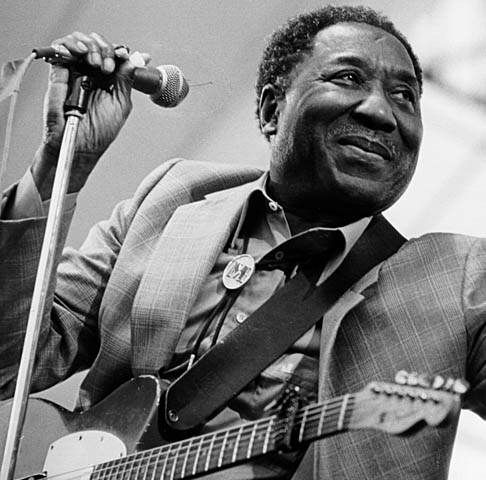 Musicians like Muddy Waters (pictured), Howlin Wolf, Lightnin Hopkins, Sonny Boy Williamson and John Lee Hooker grew to prominence during these years.
Musicians like Muddy Waters (pictured), Howlin Wolf, Lightnin Hopkins, Sonny Boy Williamson and John Lee Hooker grew to prominence during these years.
By the mid 1950s their style of electric blues was reaching it’s golden years. Some of the best blues songs were written and recorded during the late 1950s into the late 1960s by artists like Muddy Waters, BB King, Buddy Guy, Paul Butterfield, Bo Diddley, and more.
The 1970s brought musical genres like Disco, Heavy Metal and Punk and the blues was less popular although still maintained a strong global appeal. Many blues artists traveled and toured successfully in places like England, Germany, France, etc. Some blues specific record labels were founded and gained success during the late 1960s and 70s, such as Delmark and Alligator in Chicago.
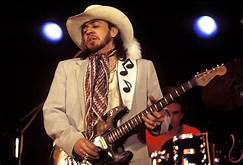 The 1980s saw a resurgence of blues popularity with the arrival of blues guitarist Stevie Ray Vaughn. His dynamic style, global popularity and respectful nature caused a revival of the music and renewed reverence for the legendary artists. An entire generation of blues guitar players was influenced by his unique and powerful style.
The 1980s saw a resurgence of blues popularity with the arrival of blues guitarist Stevie Ray Vaughn. His dynamic style, global popularity and respectful nature caused a revival of the music and renewed reverence for the legendary artists. An entire generation of blues guitar players was influenced by his unique and powerful style.
With the arrival of hip-hop/rap music, and the rise of pop-country music, blues lost some of the gains of that time but still maintains a strong global following.
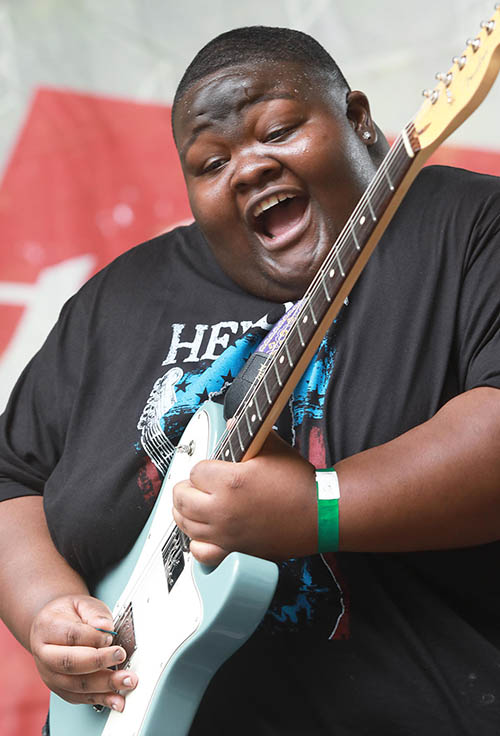 In some ways blues music is at a new crossroads with legendary stars still performing to an adoring fanbase and an exciting group of new musicians that are reaching a whole new generation of fans. The hot current blues artists are more diverse and creative than ever and have grown up in a digital age. They are spreading the music in new ways and growing the global reach of the blues with their energy and style.
In some ways blues music is at a new crossroads with legendary stars still performing to an adoring fanbase and an exciting group of new musicians that are reaching a whole new generation of fans. The hot current blues artists are more diverse and creative than ever and have grown up in a digital age. They are spreading the music in new ways and growing the global reach of the blues with their energy and style.
From the origin of the blues and throughout it’s history, blues music has influenced almost every other popular musical genre. With it’s raw emotion, authenticity and the collective blues that the world is facing these days one thing is certain.
People need blues music more than ever.






